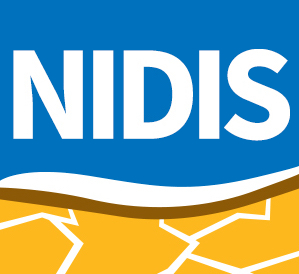Quarterly Climate Impacts and Outlook for the Southern Region for September–November 2022. Dated December 2022.
Quarterly Climate Impacts and Outlook for the Gulf of Maine Region for September - November 2022. Dated December 2022.
Autumn was up to 3°C (5°F) warmer than normal. Autumn was record warm for two sites and among the 10 warmest for other sites. Autumn precipitation ranged from 75% of normal to 150% of normal.
The 2022–2026 National Integrated Drought Information System (NIDIS) Strategic Plan outlines and advances NIDIS’s approach to building a national drought early warning system (DEWS).











